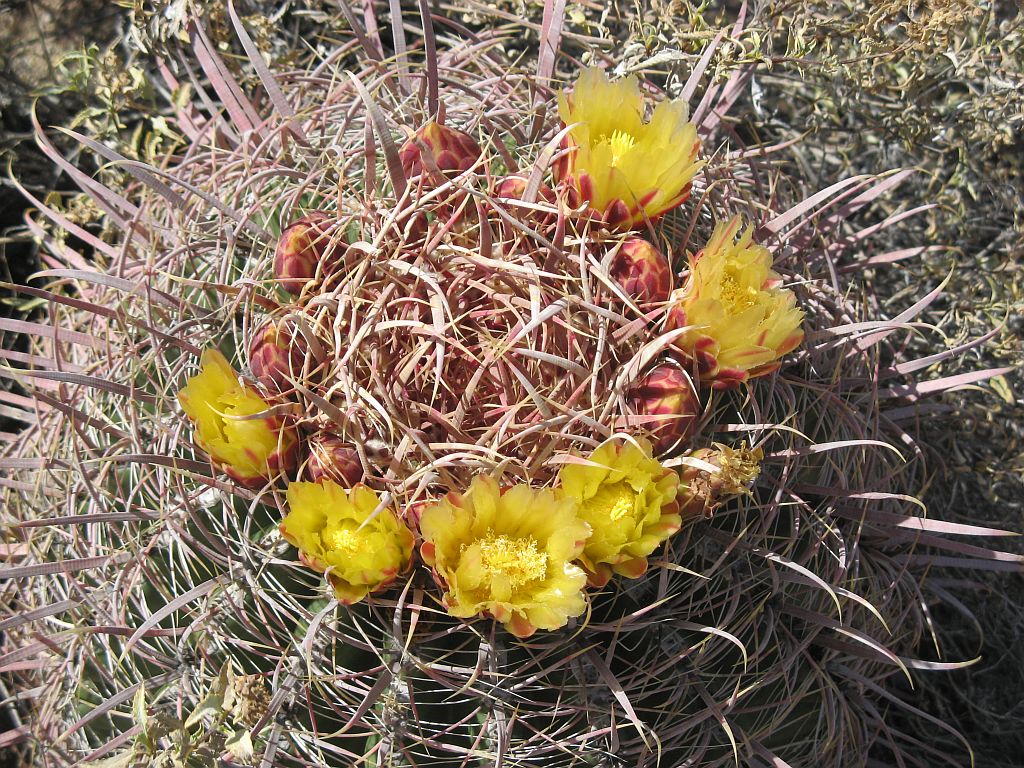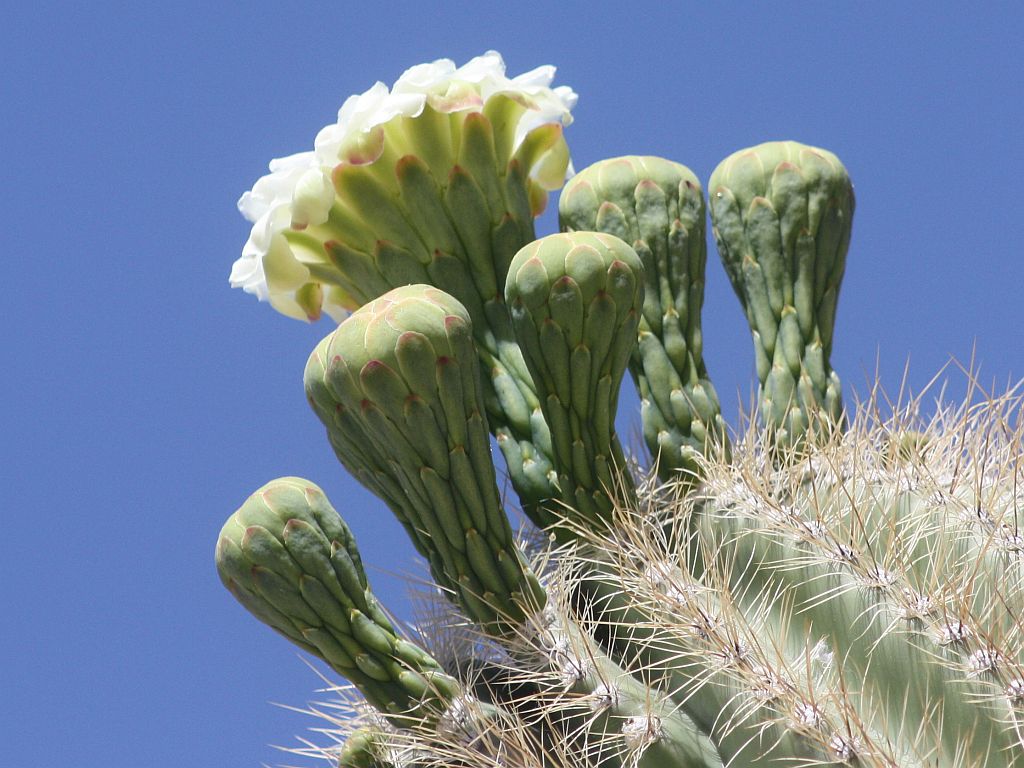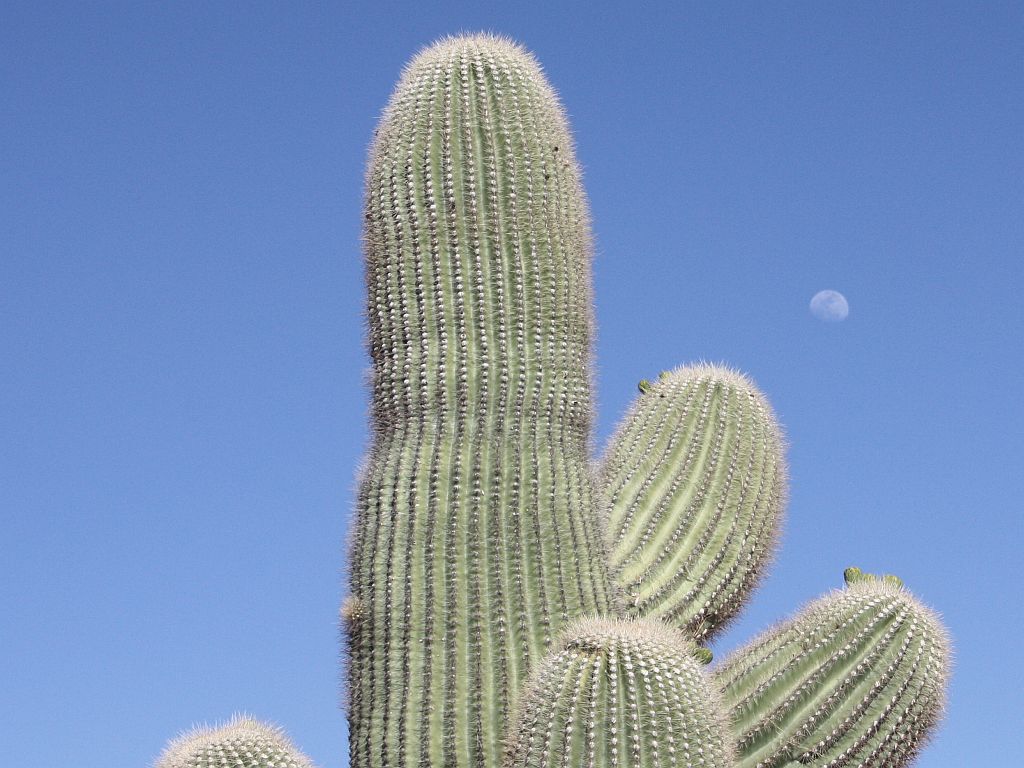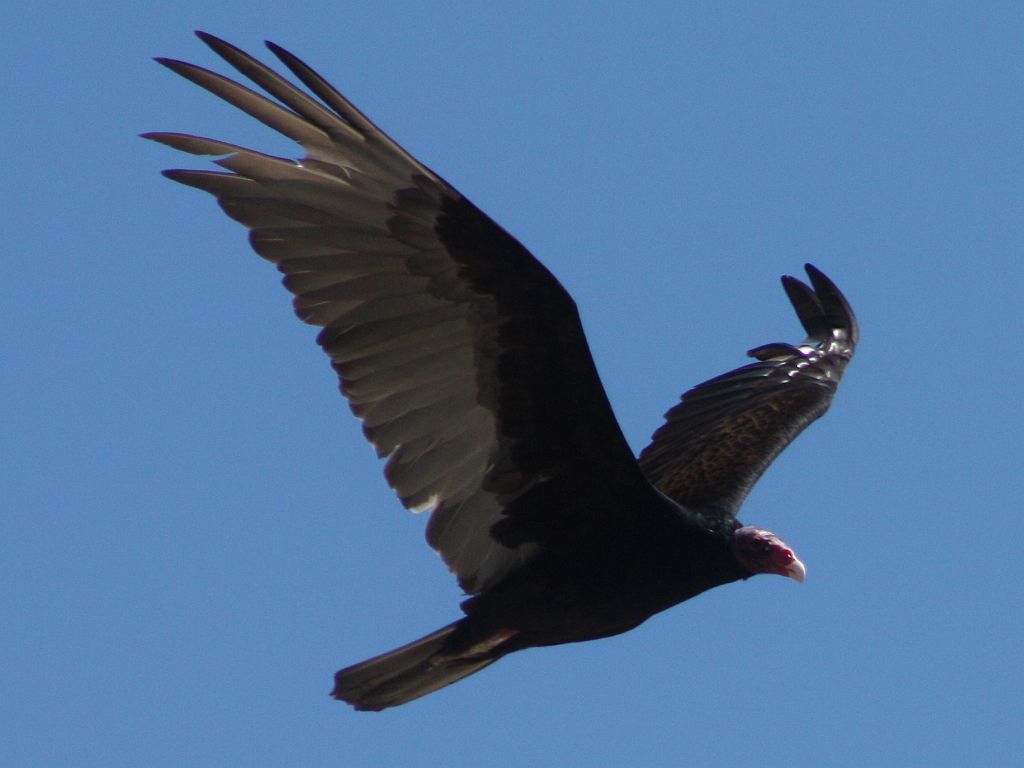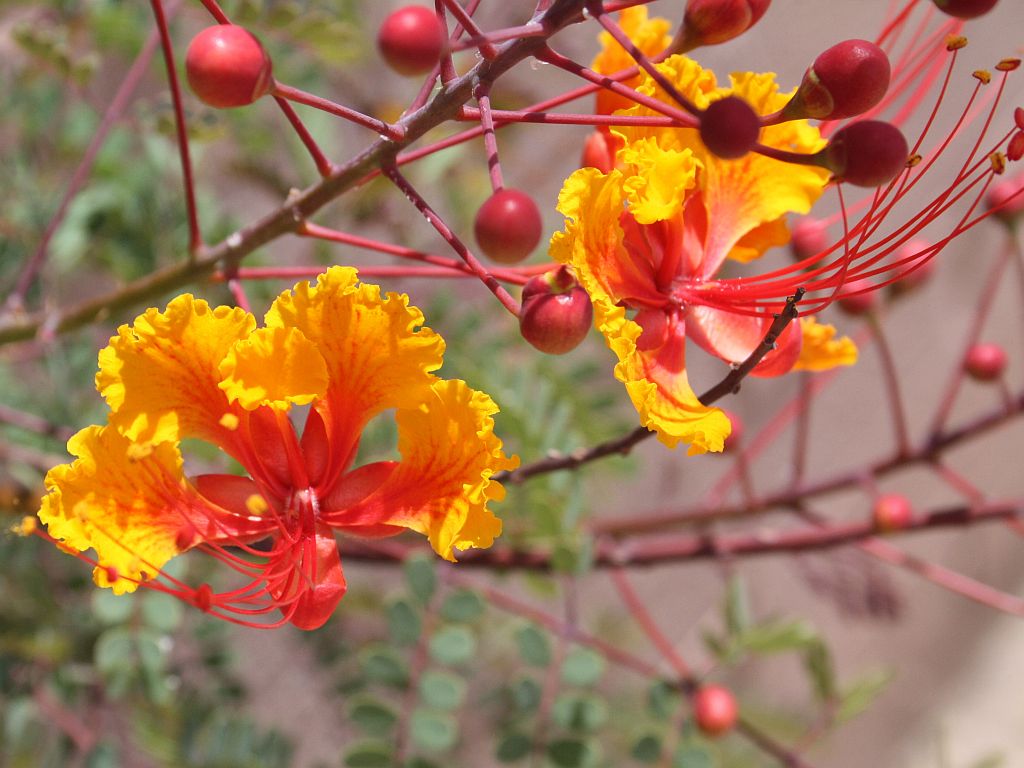 We drove to town today to do some shopping. We stopped for gas at a place where these red bird of paradise (a.k.a pride of Barbados) flowers were in bloom. I got out of the truck and walked over to the bush to get some pictures while Bob pumped the gas.
We drove to town today to do some shopping. We stopped for gas at a place where these red bird of paradise (a.k.a pride of Barbados) flowers were in bloom. I got out of the truck and walked over to the bush to get some pictures while Bob pumped the gas.
We bought three of these a couple of weeks ago for the courtyard at the new house. I can hardly wait for them to have flowers too. Since Wickenburg is at a higher elevation, the red birds start to flower a few weeks later than in Phoenix. Click on the image to enlarge.
From Phoenix Tropicals:
The red bird of paradise is one of the most colorful and easiest to take care of plants for Phoenix. It is deciduous but blooms continuously through the summer. Neither heat nor frost are a problem for this plant in the lower desert.

